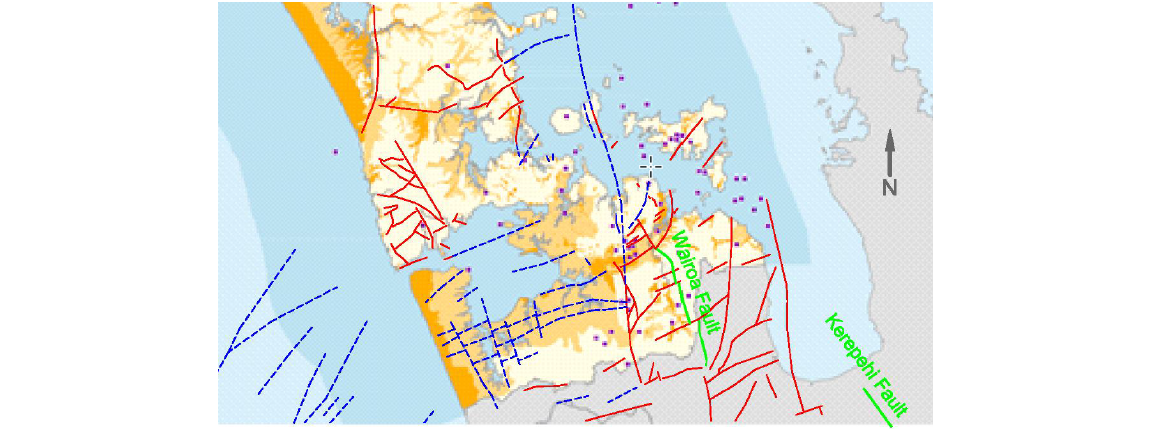1 Postgraduate Student, Department of Civil and Environmental Engineering, University of Auckland, Private Bag, 92019, Auckland 1010, New Zealand , kwal137@aucklanduni.ac.nz
2 Professor, Department of Civil and Environmental Engineering, University of Auckland, Private Bag 92019, Auckland 1010, New Zealand , j.ingham@auckland.ac.nz
ABSTRACT
Following the recent Canterbury earthquakes, a renewed focus has been directed across New Zealand to the hazard posed by the country’s unreinforced masonry (URM) buildings, recognising how poorly these buildings perform in large earthquakes. Auckland is the largest city in New Zealand, and because of the relative prosperity of Auckland during the period 1880-1935 when most URM buildings were being constructed in New Zealand, the city has the greatest stock of URM buildings in the country. Studied aspects of the hazard posed by these buildings include:
• The number, location and age of these buildings, and the role that these buildings play in the built heritage of the city
• Their architectural attributes and material characteristics
• Earthquake prone building policy and other public legislation relevant to these buildings
• The seismic hazard in Auckland
• The expected performance of these building by extrapolating observations from the recent Canterbury earthquakes
• Past and current activities to earthquake strengthen Auckland’s URM buildings, at both an owner and regional territorial level.
KEYWORDS: unreinforced, masonry, earthquake, hazard, retrofit, Auckland
195.pdf



